MIT Group Foundation, Bhrikuti Devi Trust and CPI USA extends crucial health support to Nepal

KATHMANDU: Despite prevailing Covid-19 challenges and amidst international travel ban in place following massive surge in coronavirus cases, the MIT Group Foundation (Australia), Bhrikuti Devi Trust (Nepal) BDT and Community Partners International (CPI), USA, have extended important health support to Nepal that comprised of 380 oxygen concentrators and other necessary medical goods like gloves, masks, sanitizers, personal protective equipment’s (PPEs). Of the total 380 concentrators, MIT donated 220 units, CPI 130 units, and BDT 30 units. All other medical goods were donated by BDT.
These medical goods were distributed across various districts in Nepal, especially across remote parts of the country in mid and far western region of Nepal.
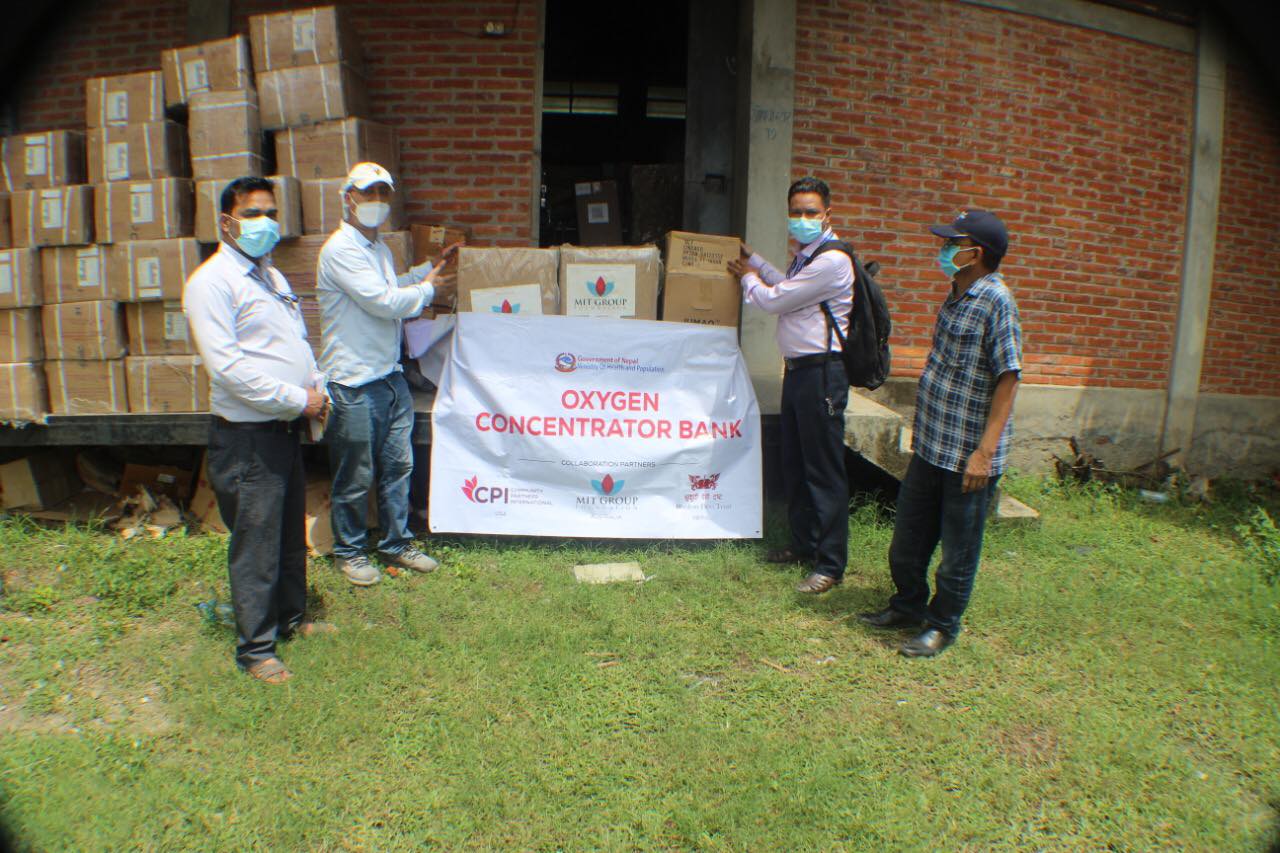
The consortium (MIT, BDT and MIT) distributed 20 oxygen concentrators each across Humla, Rolpa, Achhaam, Dailekh, Surkhet, Pyuthan, Dang, Banke, Bardiya, Jajarkot, Bajura, Baitadi, Darchula, Manang, Dhading, and Nuwakot districts of Nepal. These concentrators were sent to the Oxygen Concentrator Banks newly formed by the Ministry of Health and Population (MoHP).
The locations of the banks and contributors to each bank are very well displayed in the website initiated by CPI. The concept of concentrator banks is a very effective idea that the MoHP should be applauded for. In the unfortunate and very likely situation of the third Covid wave, it will be very clear where the concentrators are located and they could be quickly mobilized.
This website has been a major accomplishment to provide a sense of transparency to the donors on how their donations are being used. This visualization can also be used to better manage the use of the concentrators. Each concentrator is provided with a unique QR code that can be easily scanned through the mobile phone to monitor the location and use of each unit. Once ‘submitted’ from the mobile phone, the relevant data goes to a central database. The consortium encourages other organizations to contact them in case they see an opportunity to use their data for such visualization. Customization of data is also possible.
Bijay Niraula, country representative from CPI USA who conceptualized the map idea (with technical support from Kazistudios) hopes that the government of Nepal can also use this map to figure out districts/regions/areas that are in need of medical equipment and deploy them if and when necessary. Maps could provide an incredible tool for resource management.
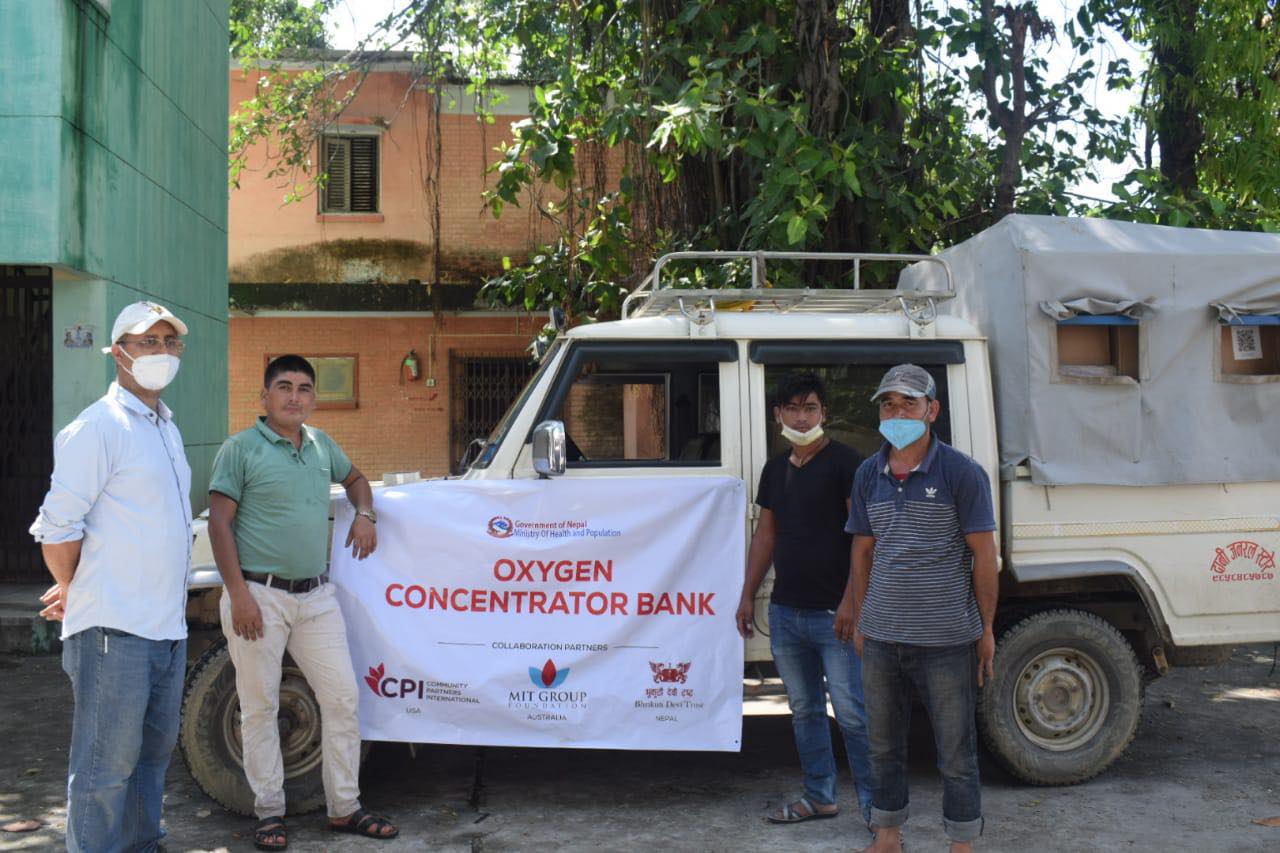
Niraula informed that they created a digital database (which supports the map) for the distribution of medical equipment for the needy districts and hospitals. “After installing the system of a digital database, the government and any medical equipment donor are able to find out the conditions of the machine: whether or not they are fully functioning, non-functioning or are stored in a room,” said Niraula.
Health institutions submit their requests with information about patient flow, staffing levels and oxygen supplies and this information goes into a central database. Using this information, oxygen concentrators are distributed from the banks to prioritize the highest need. Status of the health facilities and the need for the concentrators are assessed regularly and the concentrators are re-deployed when they are no longer needed in a particular facility.
As per Niraula, they are also planning to provide technical support, maintenance and repair services for oxygen concentrators to ensure that they are used optimally. This type of management and visibility will help prepare for the potential third wave of COVID-19 in Nepal so that the situation can be managed before it gets out of hand.
The COVID-19 pandemic has put the already fragile health system under immense stress in Nepal. As such, responding to this public health emergency and successfully minimizing its impact requires every health resource to be leveraged to the maximum.
CPI’s Niraula, further said that “Failure to manage the distribution of medical equipment like the concentrators in a rapidly changing environment exposes health systems to critical gaps in services when they are most needed. Hopefully as we address the crisis, by building these types of technology leveraged systems, we will be better prepared in the future”.
Nepal is experiencing a catastrophic spike in COVID-19. During April and May, confirmed cases peaked at nearly 9,000 per day. However, this tells only part of the story.
The latest spike has been partly attributed to spillover from the COVID-19 pandemic in neighboring India. Current hotspots include the three districts of the Kathmandu valley and adjoining districts and gateways to the Indian border, but more than half of Nepal’s districts are now reporting high caseloads. With less than 5% of the population vaccinated, Nepali people are deeply vulnerable.
The impact on the health system is devastating. Health facilities are overwhelmed and some are turning people away due to lack of bed space. There are widespread shortages of critical care facilities, oxygen supplies, medicines, test kits and personal protective equipment.
In the midst of this dire humanitarian crisis, Community Partners International has mobilized medical equipment to health facilities.
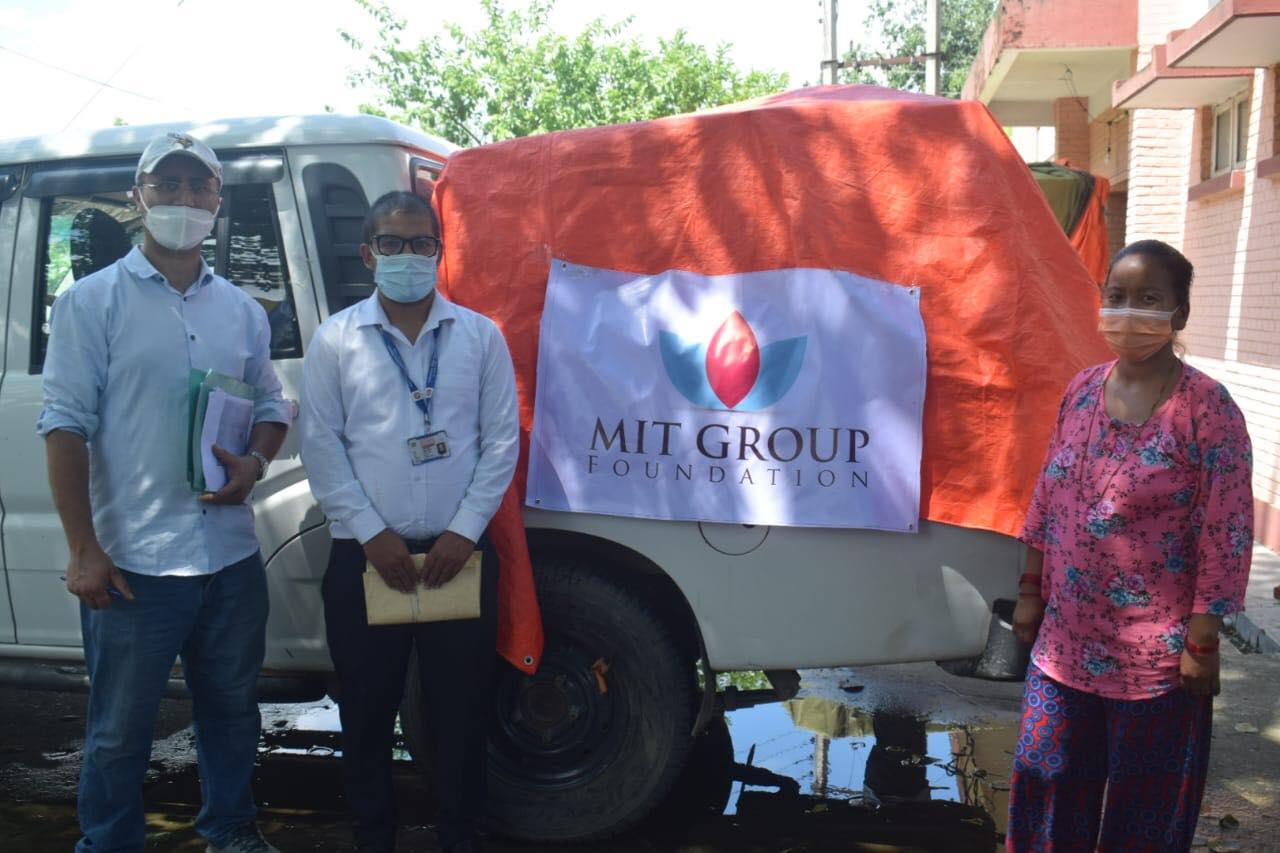
Laxman Aryal, Secretary of the Ministry of Health and Population, stated that oxygen concentrators and other crucial health assistance are much needed in Nepal at this extremely adverse time. “We are very thankful for the international donors and other institutions for their generous support and especially thanks the MIT Foundation, Bhrikuti Devi Trust and CPI USA.”
Surendra Bahadur Khadka, representative of Provincial hospital from Surkhet said that the donated oxygen concentrators will save lives of people in Karnali which is comparatively lagging behind in basic healthcare system. “I on behalf of people of Karnali thank to the donors and other helping hands. These medical equipment will be useful for the upcoming days for the treatment of Covid-affected people.”
Similarly Dhir Jung Shah, Chief of healthcare department of Banke District Hospital said, “We faced massive shortage of oxygen cylinders initially. However, this crunch was addressed various support from government and donors.”
“Due to this, we are now able to save thousands of lives,” said Shah.
CPI’s Niraula further said that the they are working closely with Health Ministry, the Nepal Institute of Development Studies and other partners like the MIT Group Foundation in Melbourne, Australia, to identify COVID-19 hotspots and share that information with all organizations working on the response effort to support coordinated action.
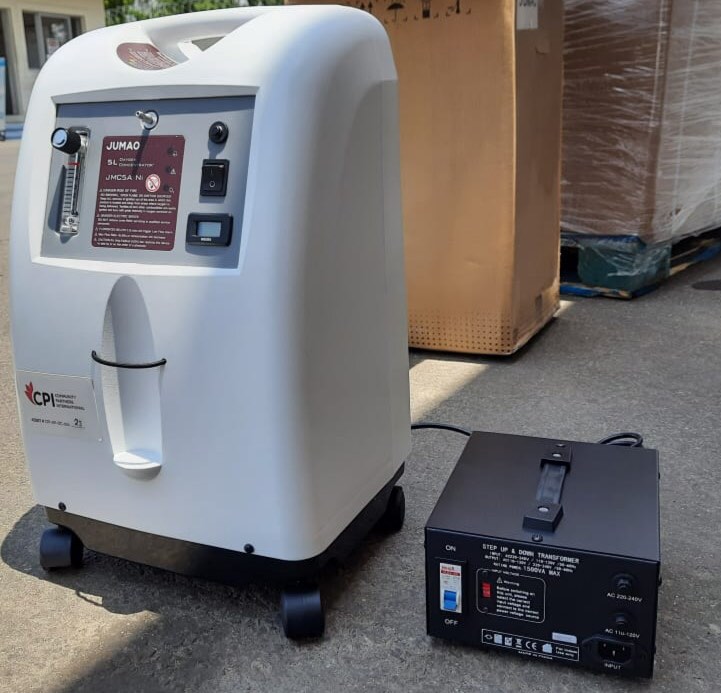



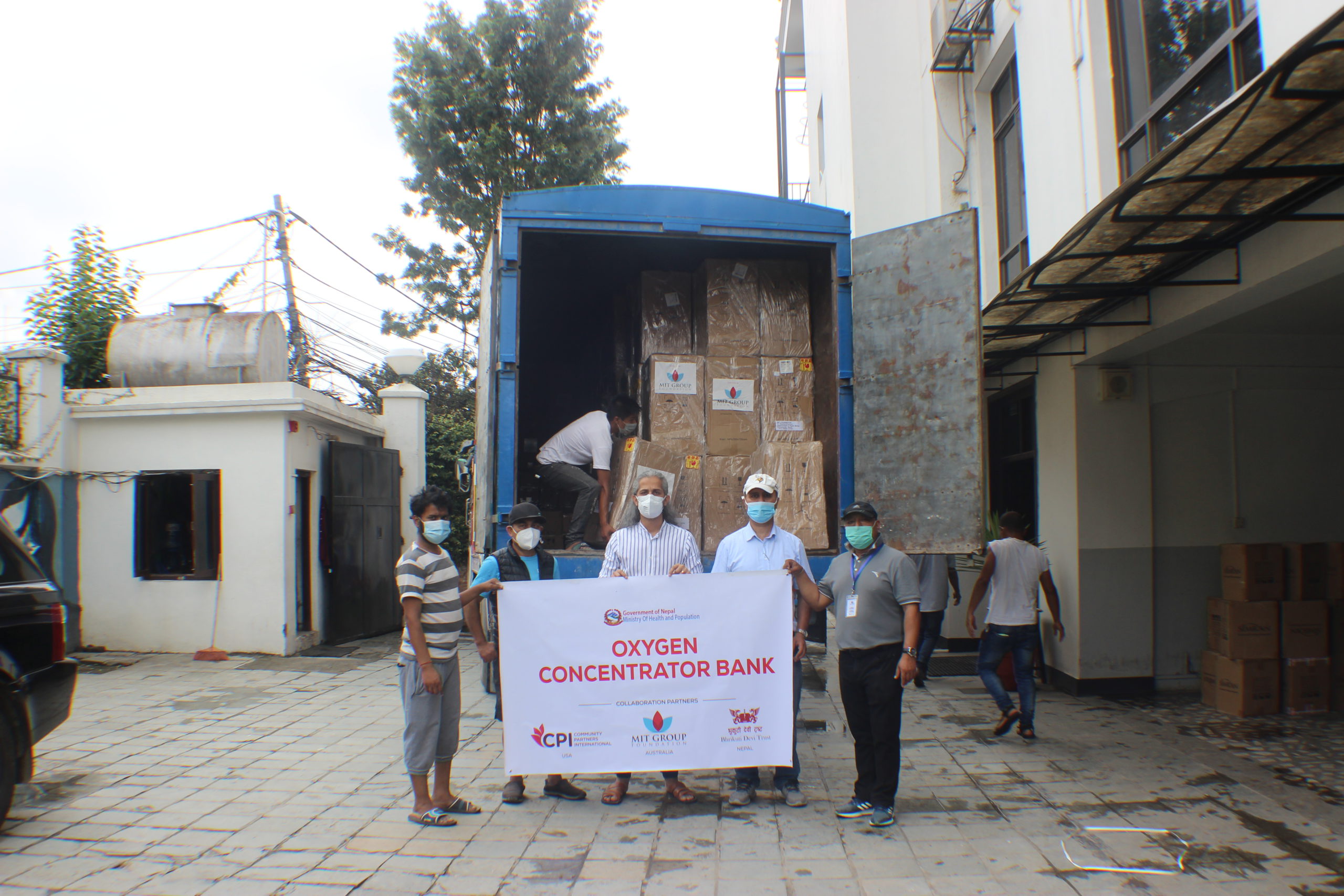
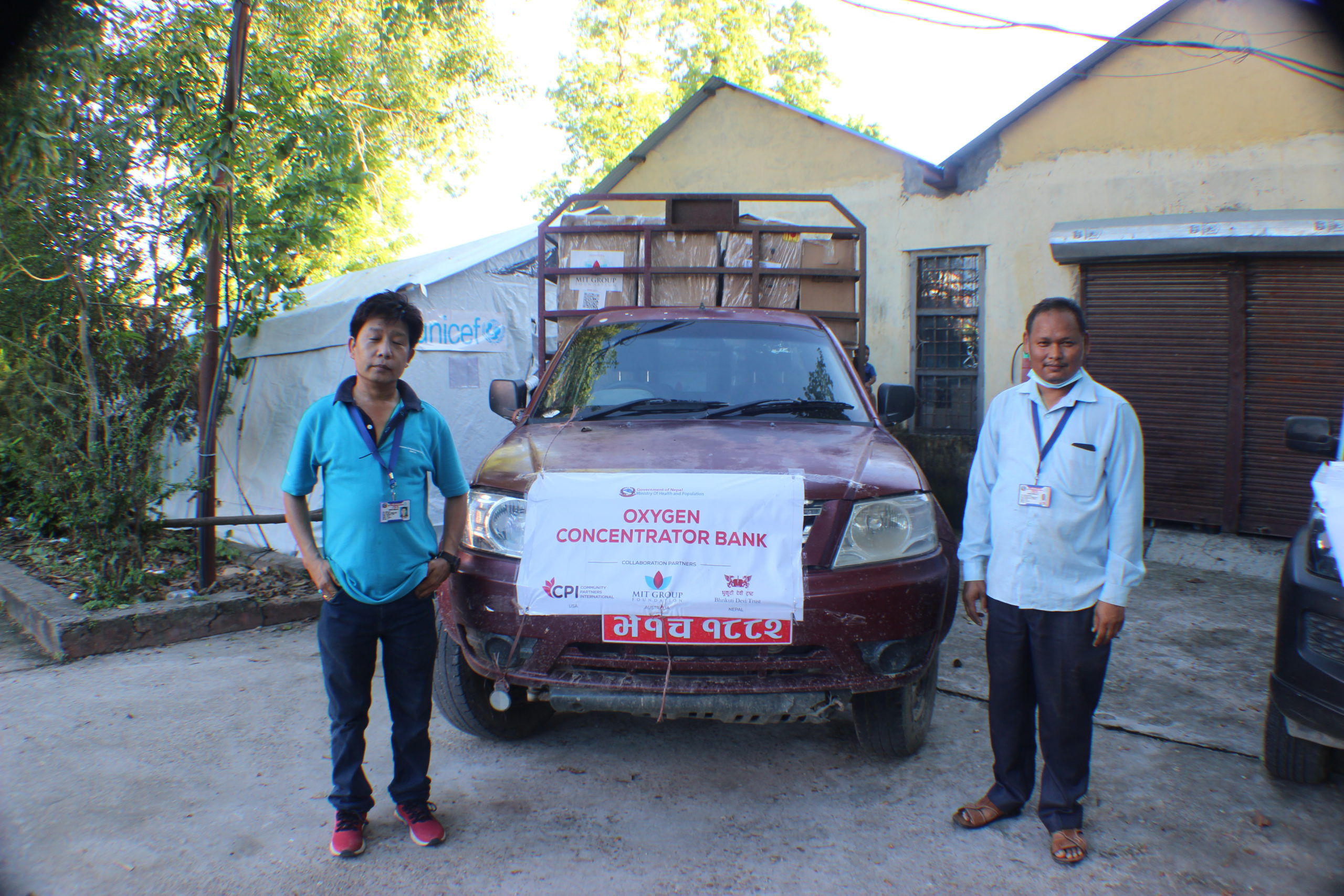








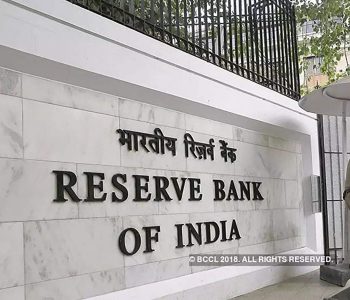


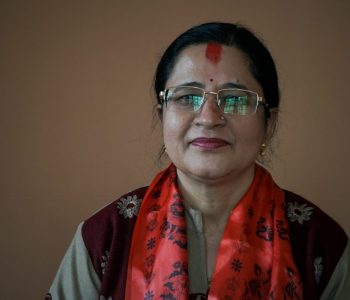


Facebook Comment